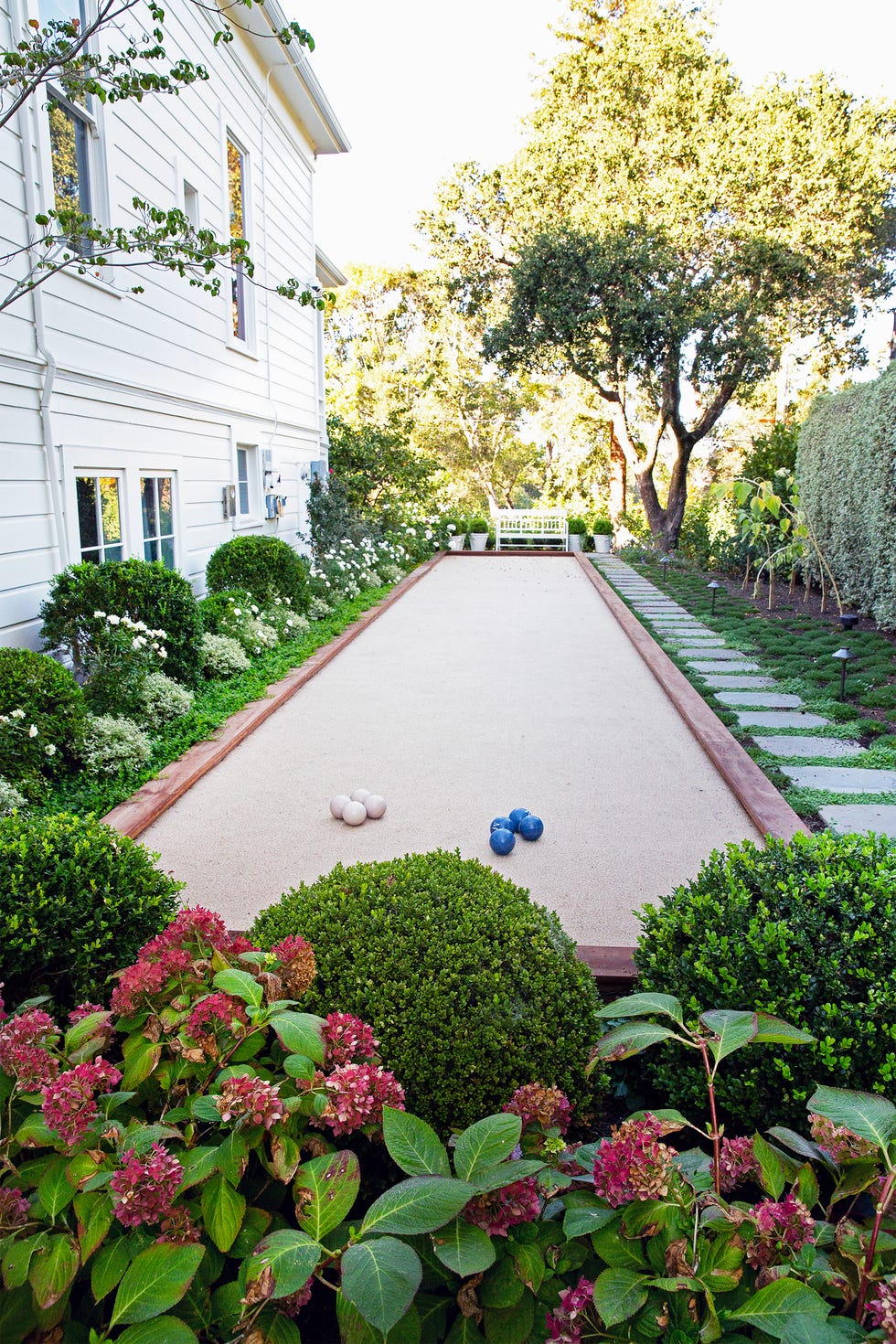Professional Bush Removal Jacksonville: Safe and Efficient Bush Removal Services
Elevate Your Residential or commercial property's Aesthetic With Lasting Landscape Design Designs and Eco-Friendly Practices

Benefits of Sustainable Landscape Design
Applying sustainable landscaping methods not just preserves natural deposits yet additionally advertises biodiversity and boosts general environmental health. By choosing environment-friendly landscape design strategies, homeowner can enjoy a multitude of benefits that expand past just aesthetic appeal. One significant benefit is the reduction of water consumption through the usage of drought-resistant plants, rain gardens, and efficient irrigation systems. This not only lowers energy costs but also contributes to water conservation efforts in the area.
In addition, lasting landscaping can enhance soil wellness by decreasing using chemical fertilizers and chemicals, consequently developing a much healthier environment for plant development and advantageous dirt organisms. This, subsequently, boosts the general resilience of the landscape to hold up against environmental stress factors and climate adjustment influences - bush removal Jacksonville. Furthermore, sustainable landscape design practices can bring in diverse wild animals, including pollinators like butterflies and , fostering a much more balanced and lively community within the property
Incorporating Native Plants
To build on the benefits of sustainable landscaping, a calculated emphasis on including indigenous plants can further boost ecological resilience and promote biodiversity within the landscape. Indigenous plants are varieties that normally happen in a specific location and have actually advanced to grow in the neighborhood environment, soil problems, and ecological community. By consisting of indigenous plants in landscape design layouts, home proprietors can lower water use, minimize the demand for chemical pesticides and plant foods, and sustain the regional wildlife population.
Incorporating indigenous plants additionally aids in maintaining the one-of-a-kind personality and identity of a region's flora. These plants commonly need less maintenance once developed, making them a economical and sustainable landscape design option over time. Additionally, indigenous plants can draw in native pollinators like butterflies and , adding to the general health and wellness of the environment.
When choosing indigenous plants for landscape design projects, it is vital to pick varieties that are appropriate to the particular ecological conditions of the site. Consulting with agricultural yards or local baby rooms can offer valuable assistance on selecting the appropriate indigenous plants for a particular location. By integrating indigenous plants into landscape design designs, property proprietors can create gorgeous, lasting outside areas that benefit both the environment image source and the neighborhood.

Water Preservation Strategies
Efficient irrigation methods play an important role in lasting landscaping methods, guaranteeing optimal water preservation efforts in outdoor areas. Drip watering delivers water straight to the origins of plants, lessening evaporation and overflow.
Along with innovative irrigation approaches, xeriscaping is one more water-saving landscaping technique that concentrates on using drought-resistant plants, compost, and efficient irrigation to develop a low-water landscape style her response - landscaping companies Jacksonville. By choosing indigenous plants that are well-suited to the regional climate and dirt conditions, building proprietors can reduce the requirement for excessive watering, eventually preserving water and promoting a sustainable exterior atmosphere
Eco-Friendly Hardscaping Ideas
Enhancing outside rooms with environmentally friendly hardscaping attributes can add substantially to lasting landscape design methods. Choose for products like reclaimed timber, recycled concrete, or all-natural stone to minimize environmental effect when thinking about hardscaping components. These products not only add an one-of-a-kind aesthetic interest your outside area yet additionally reduce the demand for new resources extraction.
Applying absorptive paving options such as gravel or absorptive concrete can help in reducing water overflow and promote groundwater recharge. These options allow rainwater to seep right into the ground, preventing disintegration and minimizing the burden on stormwater systems.
Integrating indigenous plants into hardscaping styles can additionally enhance eco-friendliness by supporting neighborhood wild animals and decreasing the need for too much watering or chemical therapies. By integrating eco-friendly walls or upright yards, you can introduce more vegetation into city settings, improving air top quality and biodiversity.
Integrating energy-efficient additional resources lighting, such as solar-powered LEDs, right into hardscaping designs can lower electrical energy usage and reduced your residential or commercial property's carbon footprint. Prioritizing environmentally friendly hardscaping concepts not only boosts the charm of your exterior space yet additionally demonstrates a dedication to environmental stewardship.
Upkeep Tips for Sustainable Landscapes

Routinely prune plants to advertise healthy development and avoid overgrowth that can bring about pest invasions or diseases. Use natural fertilizers to nurture the soil and plants without harmful chemicals that can seep right into the atmosphere. For hardscaping components, such as absorptive pavers or stone pathways, regularly tidy them to stop particles accumulation and keep their functionality. By staying aggressive with maintenance jobs, you can maintain the charm and sustainability of your landscape for several years to come.
Conclusion
To conclude, sustainable landscape design practices provide many advantages for homeowner, from enhancing the aesthetic charm of the environments to advertising ecological conservation. By incorporating indigenous plants, executing water preservation strategies, and making use of green hardscaping ideas, residential or commercial property proprietors can develop gorgeous landscapes that are additionally environmentally liable. With correct maintenance, lasting landscapes can contribute and grow to a healthier ecological community for both humans and wildlife.
Additionally, lasting landscape design can enhance soil wellness by minimizing the usage of chemical fertilizers and chemicals, thereby producing a much healthier environment for plant development and useful soil microorganisms.To develop upon the benefits of sustainable landscaping, a tactical emphasis on incorporating indigenous plants can additionally improve ecological resilience and promote biodiversity within the landscape. By including native plants in landscape design designs, building owners can minimize water usage, lessen the requirement for chemical pesticides and fertilizers, and sustain the local wildlife population.
These plants often require less upkeep once established, making them a affordable and lasting landscaping solution in the long run. By incorporating indigenous plants into landscaping layouts, building owners can create stunning, sustainable outside spaces that profit both the community and the environment.